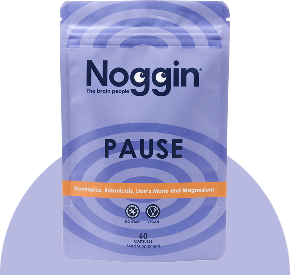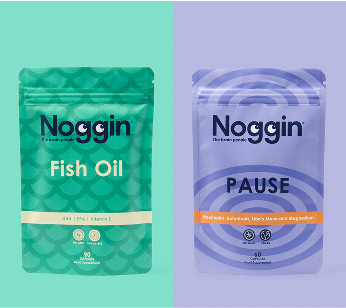But this can come with a side serving of guilt when we stumble and ‘fail’ to meet the lofty goals we set ourselves at the beginning of the year, and ultimately perpetuate negative self talk if you don’t meet the expectation you’ve set for yourself.
So what if we replace this cycle of striving for disappointment with a gentler, kinder - and more effective - way of setting ourselves up for the new year?
Intention setting is a practice rooted in mindfulness that focuses on aligning our values with our aspirations. It’s not actually about achieving a specific goal or outcome - but rather, helps to guide us with purpose and self-compassion. And the best part is that it supports our mental wellbeing and our cognitive function, too.
Resolutions vs Intentions: What’s really the difference?
How much difference is there really between a ‘resolution’ and an ‘intention? They do seem pretty similar at first glance, but they are fundamentally different in how they affect change.
Resolutions are often goal-oriented, focusing on specific achievements. “I will lose 10 pounds” or “I will save £1,000.” Setting goals can be a healthy practice - but they can also feel like a bit of a test that’s easy to self-sabotage and spiral into a negative self-criticism because you didn’t pass the ‘test’ of maintaining the goal.
Intentions, on the other hand, are focussed on the journey rather than the destination. They make us consider how we want to show up in our world, and what we want to cultivate within ourselves. For example, instead of resolving to exercise daily, we might set an intention to nurture our bodies and minds through movement.
Shifting our focus from defined goals to meaningful intentions can be a powerful way to reframe what we determine success to be and create a space for self compassion and growth - healthy states for our mental wellbeing.
The Brain Benefits of Intention Setting
The fascinating thing about intention setting is that it isn’t just a feel-good activity - it’s rooted in neuroscience.
That’s because when we set intentions, we activate the brain’s prefrontal cortex: the area responsible for planning, decision making, and emotional regulation. This process helps us to focus our attention and energy which is vital for cognitive function and mental wellbeing.
Intentions may also help to reduce stress - unlike resolutions, they help to ground us in the present moment and connect us to what matters the most, right now. This mindfulness can calm the brain’s amygdala - our fear and stress centre - and promote a sense of calm and clarity.
Finally, setting intention can foster a positive feedback loop which supports our brain and mental health. When we act in alignment with our intentions, we experience a sense of accomplishment and purpose and this is part of the ‘journey’ of the intention, as opposed to one moment in the future that’s dependent on the ‘pass or fail’ of the resolution. This releases feel-good neurotransmitters like dopamine, reinforcing the behaviour and boosting our overall mood.
Ready to set some intentions for the new year? Here’s how to start:
Ready to give intention setting a try? The beauty of this practice lies in its simplicity and adaptability and you aren’t defined by what you set today - the intention can grow and refine as you move towards a desired outcome.
Here are three tips to help you get started and make intentions a meaningful part of your routine.
1. Reflect on what matters most
Take a moment to reflect and connect your what you value, with what you aspire to. Take a few minutes to really consider what matters to you the most - this could be fostering deeper connections with loved ones to prioritising self-care or exploring your creativity.
Try: Journaling your thoughts, and noting them down. Ask yourself questions like: “What brings me joy?” “What do I want to nurture in my life?” and “How do I want to feel as I move through my days?” The answers to these questions will help guide your intentions.
2. Keep It Simple - but specific
The good news about intention setting is that they don’t need to be elaborate or complicated plans. In fact, the simpler, the better and the more likely you are to embrace them. Focus on one or two intentions at a time and phrase them in a natural way.
For example, instead of saying, “I want to reduce stress,” you might set the intention: “I will create moments of calm and stillness in my day.” This reframe makes the intention actionable and rooted in mindfulness.
3. Make space to revisit your intentions regularly
Consistency is key to establishing habits that will empower them to be a meaningful part of your life. Take a few moments each morning (or weekly, if you can’t commit to daily) to reconnect with your intentions. This could be through a brief meditation, writing them down in a journal, or simply saying them aloud.
Regularly revisiting your intentions helps reinforce them and keeps you aligned with your purpose.
Dr Clara Says:









